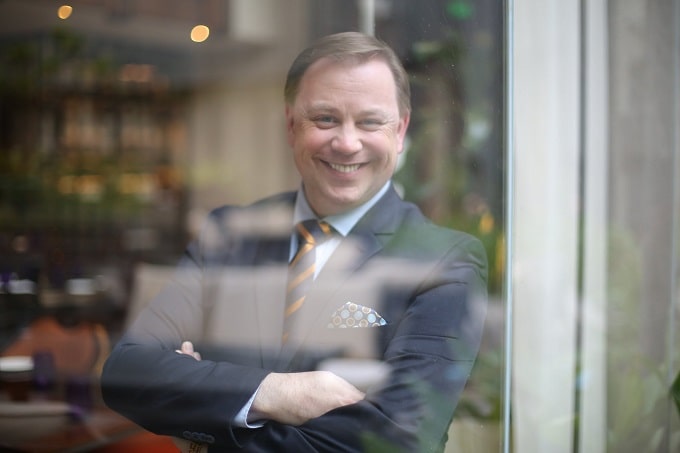It’s human nature to make decisions and choices based on the principle of contrast.
Contrast pricing enables you to sell more products at a higher price than you would without it.
It’s human nature to make decisions and choices based on the principle of contrast. When deciding about whether or not to buy something we typically compare not only its attributes, but also its price to other similar products or services. When the attributes are similar, then the price would most often turn out to be the decisive factor.
Because of this psychological dynamic of contrast and comparison inherent human decision-making, brands then price their products or service in contrast with others similar in nature meaning the comparison item could be similar products from other competitors or from your own range.
The principle of contrast pricing works like this.
You have three prices. Price A – £600, Price B – £800, and Price C – £3000.
If there is only a choice between A&B, both prices may appear expensive, if the amount you had in your head to spend was £500, but when you add in Price C, people’s perception of the price changes. This is because now there is a huge contrasting price in the mix.
The price difference between A & B isn’t particularly large and so the consumer doesn’t necessarily see any contrast and will tend consider both of these prices equally. When adding Price C into the mix, however, this has now altered the factors within the pricing environment and so all prices are now benchmarked in the consumer’s mind against the higher price, making Prices A & B good deals in contrast to Price C. And even though you only wanted to spend £500, you’ve convinced yourself that actually £600 is a good deal, even though it’s £100 over what you wanted to spend when you walked in.
Imagine walking down a suit aisle in a clothing store. Prior to entering the shop you have a set idea in your mind about what you are willing to pay for a new suit. As you walk through the aisle you see prices of between £200 – £300. You think to yourself “Oh boy, this is going to be above my budget”. However, as you stroll further down the aisle hoping to find something cheaper you actually come across a suits with price tags of £500 and £600.
So now you start to reconsider. You had hoped that the £200-£300 range would have been the higher priced options, but now you realize it is the cheaper options. You immediately reconsider your budget after contrasting it with the higher priced options and you are now more willing to pay £200 suite than you were before entering the shop. You’ve made your decision based on contrasting prices and you can now justify paying a price that you wouldn’t have when you walked in.
One way in which this strategy is most effectively used, is by adding a very expensive item to a product list. You know the product is priced too high and you know it won’t sell a lot, but adding it to your inventory in and of itself makes your other products appear cheaper by contrast. In other words, the purpose of the expensive item is actually to increase the sales of your other products, even if the expensive product itself doesn’t sell.
There is another dynamic to contrast pricing specific to the luxury market, however. This is when, for example, a luxury company purposefully chooses to price its products and services higher than similar products available on the high street. In this way the higher price can serve the purpose of being “reassuringly expensive” in the sense that the high price itself conveys the idea of rarity and exclusivity, which is exactly what luxury customers want. Also, when prices are above the market average, somewhere inside the mind of the consumer is the belief that the product quality is above the market average as well.
So in essence, contrast pricing enables you to sell more products at a higher price than you would without it. Oh by the way, which item do you think people buy more of? A, B or C? If you said B, you’re absolutely correct. Most people shy away from both the cheapest and most expensive prices and opt for the safety zone in the middle.

Paul russell
Paul Russell is co-founder of Luxury Academy London, a multi-national training company with offices in London, Mumbai and Visakhapatnam. Luxury Academy London specialise exclusively in the luxury industry and deliver training in leadership, communication and business etiquette training for companies and private clients across the globe.
Prior to founding Luxury Academy London, Paul worked in senior leadership roles within luxury hospitality. A dynamic trainer and seminar leader, Paul has designed and taught courses, workshops and seminars worldwide on a wide variety of soft skills.